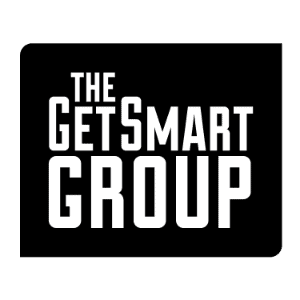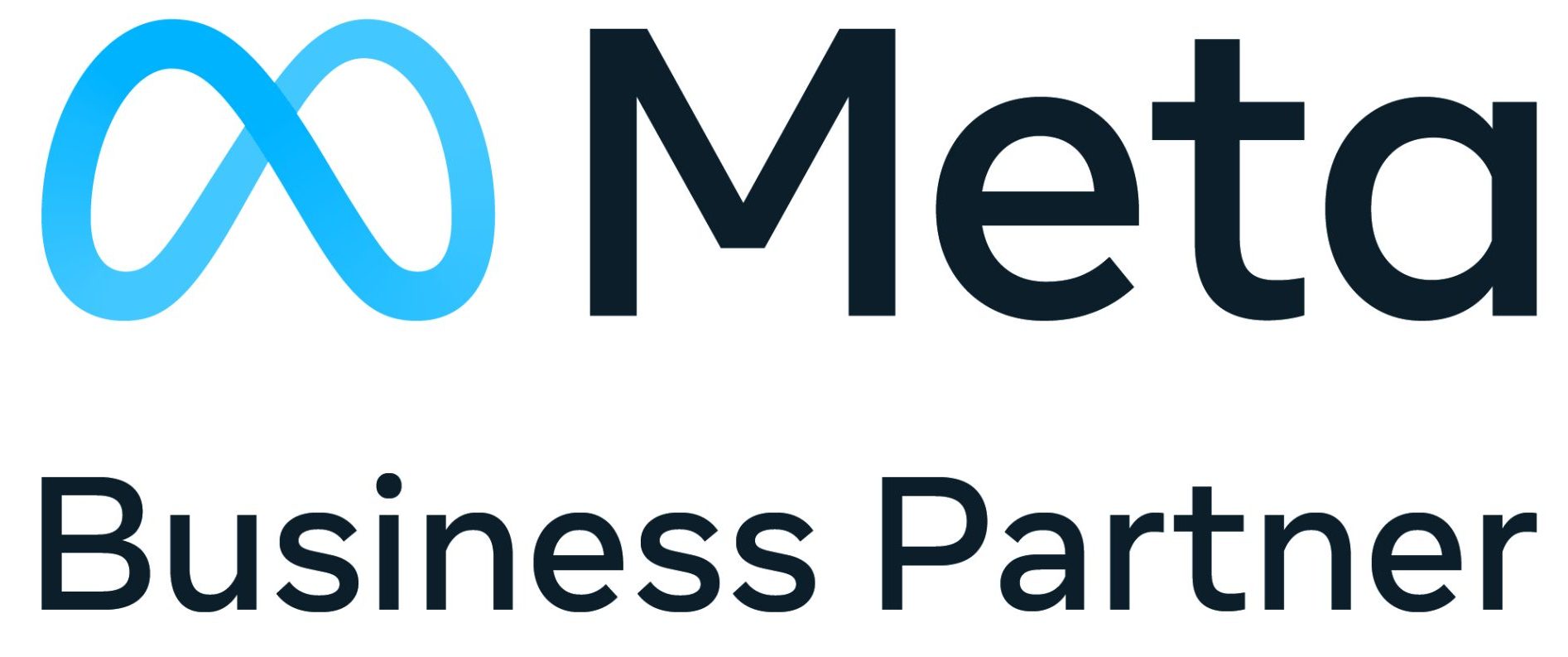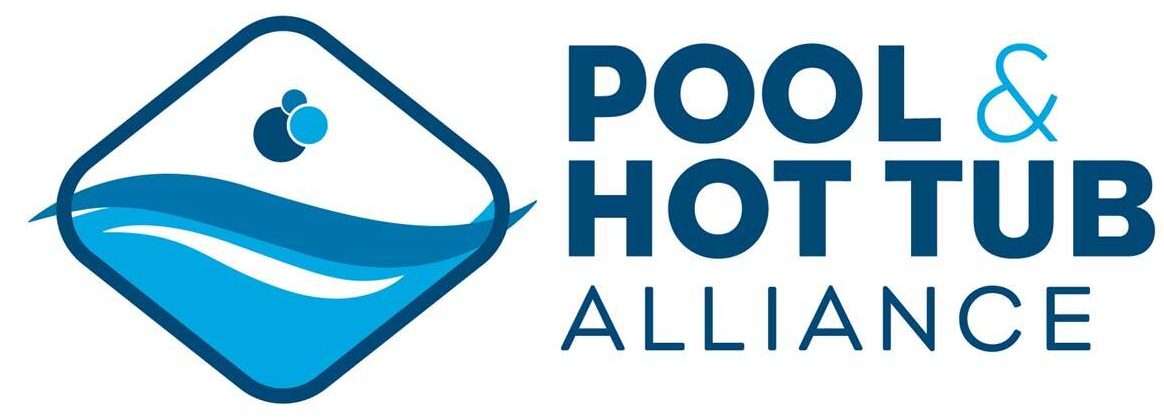By: Michelle L. Cramer
Have you ever watched Gilmore Girls?
Stick with me, here; I swear I have a point.
That show was a repetitious contrast of two very different worlds: the haughty, well-to-do world of Lorelai’s wealthy parents, and the humble, independent world she and her daughter truly loved. In the seven seasons of the show’s series, Lorelai’s mother frequently ridiculed her (whether directly or through a stream of back-handed comments) for not meeting the rigorous standards of mannerisms that came with the Gilmore name.
Lorelai’s true self never fit into the ritzy world she came from. She preferred rock-n-roll and t-shirts to orchestras and ball gowns. Her life message never coincided with the Gilmore reputation. One might say that the content of her life was in stark contrast with the logo that hung over her head from birth.
See what I did there?
Contrast Can Work Against You
I’m well aware that many readers (especially of the male variety) are likely unfamiliar with my frame of reference, but the concept is clear. When you have a message to convey, every element of your brand needs to bleed right into the other. The mental response a reader has after skimming the words on your website or blog needs to match the visual appeal of your logo.
For sake of argument, let’s say that you, the person currently reading this particular blog post, own a hot tub store. Like many others in the industry, your logo design likely utilizes some flowing water type design in order to help evoke the feeling of relaxation you want associated with your product. Now, let’s say that the blog for your company fails to address the relaxation benefits of your product, but rather, addresses cleaning and winterization instructions, all those party accessories, landscaping your yard to snazz up the space, etc.
The blog focuses on the work associated with a hot tub, but the logo (and probably the images on your website, with models practically sleeping in their hot tub because they’re so relaxed) is designed to sooth and relax.
This isn’t a cohesive marketing tactic.
Unity Within Your Brand
While you might think that my disconnection is a stretch, there is certainly truth there. Potential customers may not be able to tell you for certain why they chose not to buy from you. But when they choose a company with a flowing logo and website, and whose blog focuses on all of the health benefits of a hot tub, how seamlessly the filtration system works and their monthly maintenance services – taking all of the work out of the customer’s head – the connection becomes pretty clear.
You need to synchronize your marketing efforts. And that begins with defining your message and motivation. Once you clearly define the message you want to convey, then you simply use that as the foundation for every aspect of your marketing web.
Sticking with the “relaxation” theme, here, you’d want to emphasize things like an overly helpful customer service department, a sales team that gets through the process without pushing the customer, contractors that stay on schedule with installation (or even finish early), and a maintenance team that is so diligent the homeowner never has to add chemicals to the hot tub. Your logo should be dominantly blue (how convenient in the hot tub industry), which research shows evokes calm, along with brown. And your content marketing needs to emphasize all of the relaxing benefits of hot tub ownership.
Cohesive brand elements assure potential customers that you know what you’re doing and they immediately begin to trust you. Contrasting brand elements, on the other hand, provoke uncertainty, and that’s probably the last emotion you want potential customers to have when they come across your business.









